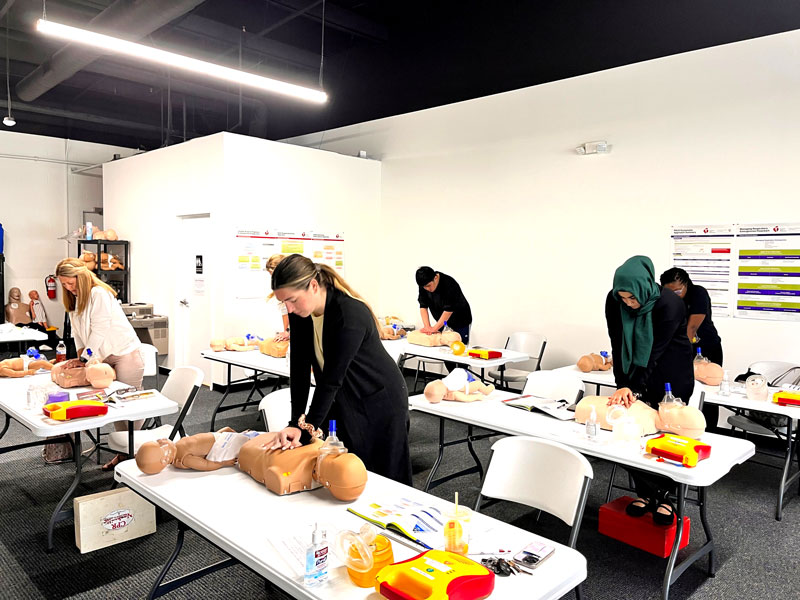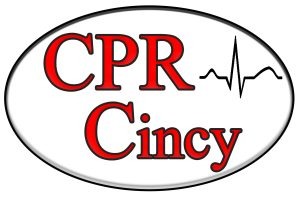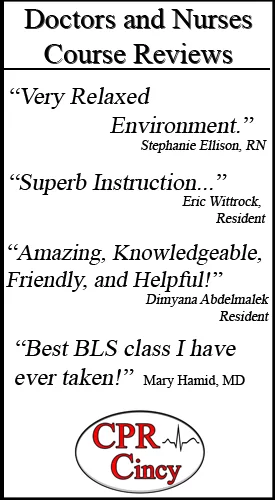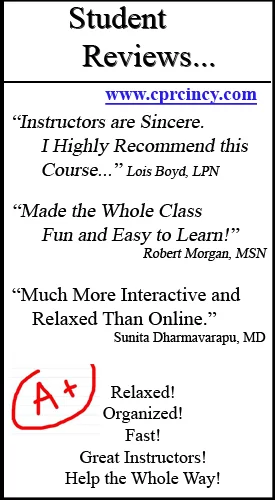Brief overview of CPR
Cardiopulmonary Resuscitation (CPR) is one of the most crucial emergency procedures, designed to save lives in the event of sudden cardiac arrest. When the heart stops beating, CPR can keep blood circulating and maintain oxygen flow to vital organs until professional medical help arrives. Among the components of CPR, chest compressions stand out as the backbone of the procedure. They are vital for sustaining life during those critical moments when the heart is not functioning effectively. This article will explore the importance of chest compressions in CPR, delve into the science behind them, and highlight the essential role of proper training, such as that offered by CPR Cincinnati, an American Heart Association (AHA) training site.

Importance of Chest Compressions in CPR
Chest compressions are the cornerstone of effective CPR because they manually pump blood through the body when the heart is unable to do so. During cardiac arrest, the heart’s normal rhythm is disrupted, and it can no longer pump blood efficiently. Without intervention, the lack of oxygenated blood flow can lead to brain damage or death within minutes. Chest compressions help by maintaining circulation, pushing oxygen-rich blood to the brain and other vital organs, and buying time until advanced care can restore normal heart function. The importance of chest compressions cannot be overstated—they are often the most critical factor in the survival of a cardiac arrest victim.
The Science Behind Chest Compressions
Understanding the science behind chest compressions underscores their importance. When the heart stops, the body no longer pumps blood to the organs, causing them to begin to shut down due to a lack of oxygen.
Chest compressions act as an external pump, forcing blood out of the heart and into the circulation system, ensuring that oxygen continues to reach the brain and other critical organs. This manual circulation is crucial for preventing brain damage and keeping the body viable until more definitive treatment can be provided, such as defibrillation or advanced cardiac life support.
Research and statistics consistently support the effectiveness of chest compressions. Studies show that high-quality compressions, performed at the correct depth and rate, are directly linked to improved survival rates and neurological outcomes. According to the AHA, the ideal compression rate is between 100 and 120 compressions per minute, with a depth of at least two inches for adults. These guidelines are based on extensive research and are designed to maximize the effectiveness of CPR.
Proper Technique for Chest Compressions
Performing chest compressions correctly is essential for their effectiveness. To start, hand placement is crucial. The rescuer should place the heel of one hand on the center of the victim’s chest, specifically on the lower half of the sternum. The other hand should be placed on top, with fingers interlaced. The rescuer’s shoulders should be directly over their hands, using the full weight of their upper body to push down.
The compressions should be deep—at least two inches for an adult—and performed at a rate of 100 to 120 per minute. Equally important is allowing the chest to fully recoil between compressions, which enables the heart to refill with blood and prepares it for the next compression.
Common mistakes include shallow compressions, incorrect hand placement, and failing to allow full chest recoil, all of which can reduce the effectiveness of CPR.
Training and Practice: Key to Effective Compressions
Given the critical nature of chest compressions, proper training is essential. Effective CPR requires not just theoretical knowledge but also hands-on practice to develop the muscle memory and confidence needed to perform compressions correctly in an emergency.
CPR training classes, like those offered at CPR Cincinnati, provide participants with the opportunity to practice on mannequins, receive feedback from experienced instructors, and learn how to avoid common mistakes. This practical experience is invaluable, ensuring that when the time comes, individuals are prepared to deliver high-quality chest compressions that can make the difference between life and death.
Importance of Proper Training
CPR Cincinnati plays a vital role in providing this essential training. As an authorized American Heart Association training site, CPR Cincinnati offers a variety of courses designed to meet the needs of both healthcare professionals and the general public. Their offerings include Basic Life Support (BLS) for Healthcare Providers, Advanced Cardiovascular Life Support (ACLS), Pediatric Advanced Life Support (PALS), as well as CPR and First Aid courses for non-healthcare professionals.
Whether you are seeking initial certification or need to renew your existing credentials, CPR Cincinnati provides a supportive, stress-free environment where you can learn and refine your life-saving skills. The training at CPR Cincinnati is hands-on, with a strong emphasis on practical skills and real-world application. Instructors are experienced and dedicated to ensuring that each participant leaves the course confident in their ability to perform CPR effectively. Additionally, CPR Cincinnati offers flexible scheduling, making it convenient for busy individuals to get the training they need.
The Role of CPR Cincinnati in CPR Training
Choosing CPR Cincinnati for your CPR training offers several benefits. The facility provides a welcoming environment where learners can focus on mastering the techniques without the pressure that sometimes accompanies emergency training. The instructors at CPR Cincinnati are not only knowledgeable but also skilled in teaching, ensuring that even those new to CPR can quickly grasp the necessary skills.
The hands-on approach ensures that participants get plenty of practice, which is critical for developing the muscle memory required to perform chest compressions correctly under stress. Moreover, the comprehensive nature of the courses means that all aspects of CPR, from basic chest compressions to advanced life support techniques, are covered, making it a one-stop solution for all your CPR training needs.
Conclusion
Chest compressions are the backbone of successful CPR, and their importance cannot be overstated. They are the key to maintaining circulation and oxygenation during cardiac arrest, significantly increasing the chances of survival. However, performing chest compressions correctly requires proper training and practice, which is why enrolling in a CPR course is so important. CPR Cincinnati offers a range of courses designed to equip you with the skills you need to save a life. Whether you are a healthcare provider or a concerned citizen, getting trained and certified in CPR is a responsibility that could one day save a life. Don’t wait until an emergency occurs—enroll in a CPR course at CPR Cincinnati today and be prepared to make a difference when it matters most.





